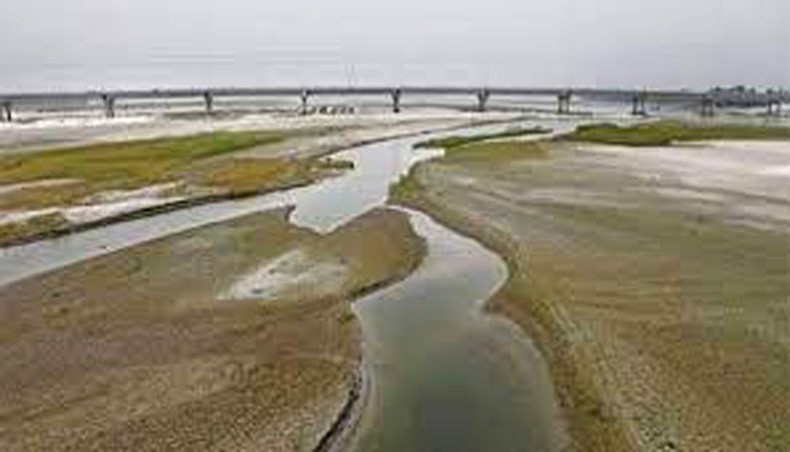
The West Bengal state government of India decided in principle to set up three hydropower projects in the Darjeeling hills, with the likelihood of two of the projects reducing water volume in the transboundary river Teesta, reported The Telegraph.
The Indian newspaper reported, quoting an unnamed West Bengal government official, that in-principle approval was given to the preparation of a detailed project report on the Teesta Low Dam Project (TLDP) I & II, on the Bara Rangeet river, which will have a combined capacity to produce 71MW electricity.
A similar approval has been given for a DPR on the Balason Hydroelectric Project worth 38MW on the Balason and Rangbhang rivers, the report said.
The government officials told The Telegraph that they needed to study the feasibility of the projects.
The report said that the decision comes as a shock to Dhaka which just came to learn that two new canals were being dug under the Teesta barrage project for withdrawing more water for irrigation in Jalpaiguri and Coach Bihar.
Dhaka has been waiting for decades for a treaty on the equal sharing of the Teesta’s waters. A treaty was ready to be signed in 2011 but got stuck at the last moment because of staunch opposition from West Bengal chief minister Mamata Banerjee, the report said.
According to The Telegraph, two of the three planned Darjeeling projects are likely to reduce the volume of water in the Teesta that is available for irrigation, particularly during the December-April lean period when the demand for irrigation water goes up in Bangladesh.
With a general election expected in Bangladesh this year-end or in early January next year, a failure to seal the Teesta treaty is likely to compound problems for Bangladesh prime minister Sheikh Hasina, the report said.
River experts, who were also not named in the report, were quoted as saying that too much focus on using the Teesta for irrigation and energy generation might kill the river.
River experts in Bangladesh feared that the two new canals planned under the Teesta Barrage project might worsen the situation in the north, where arbitrary water withdrawal and release through the Gajoldoba barrage trigger frequent flash floods and dry spells.
